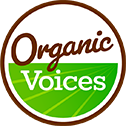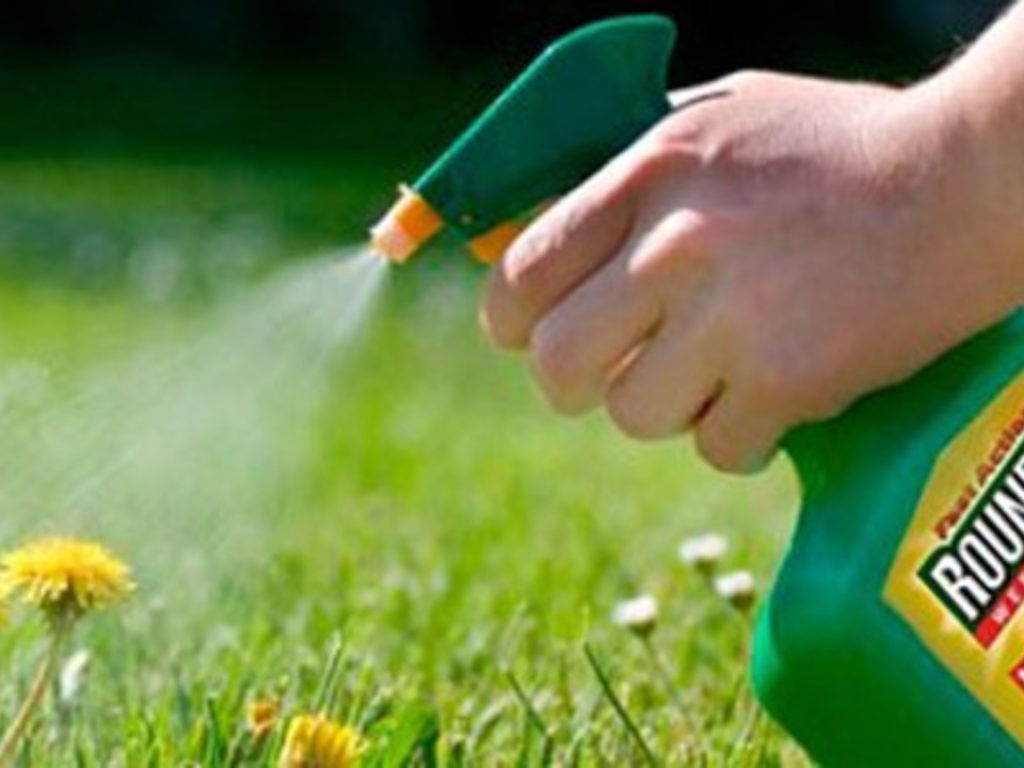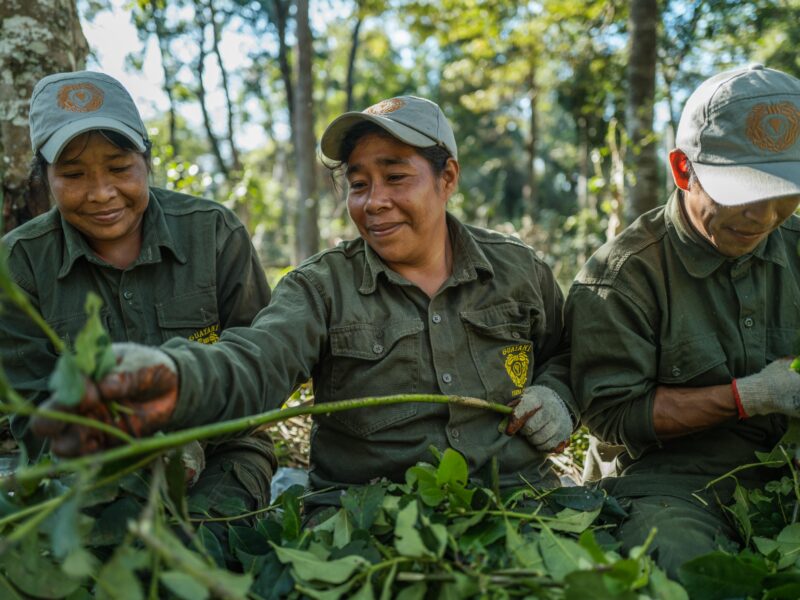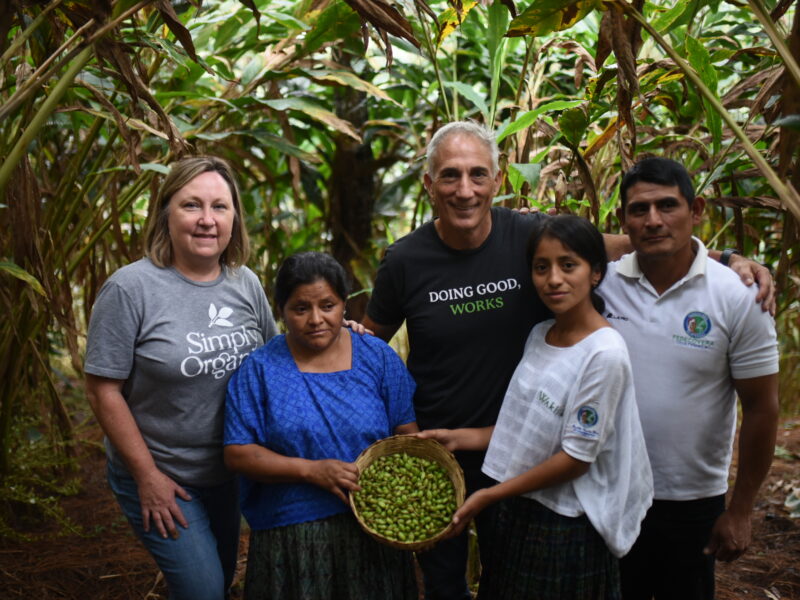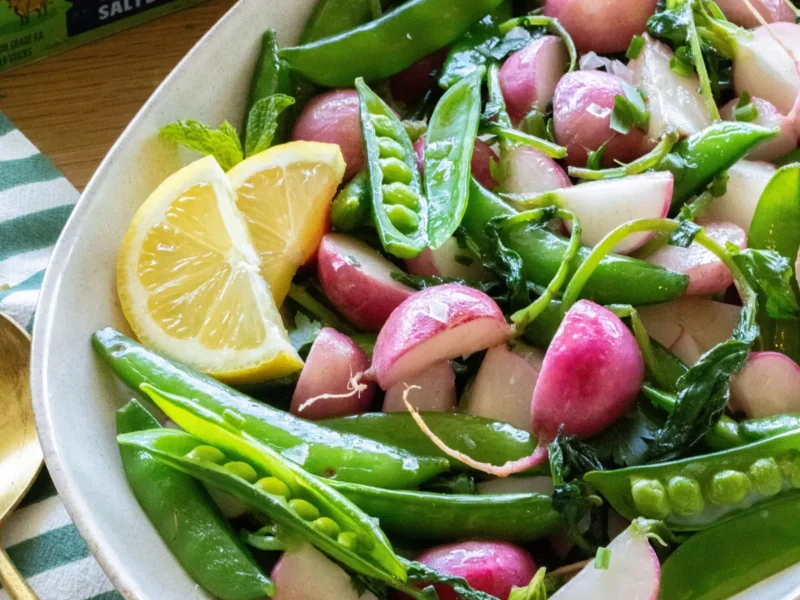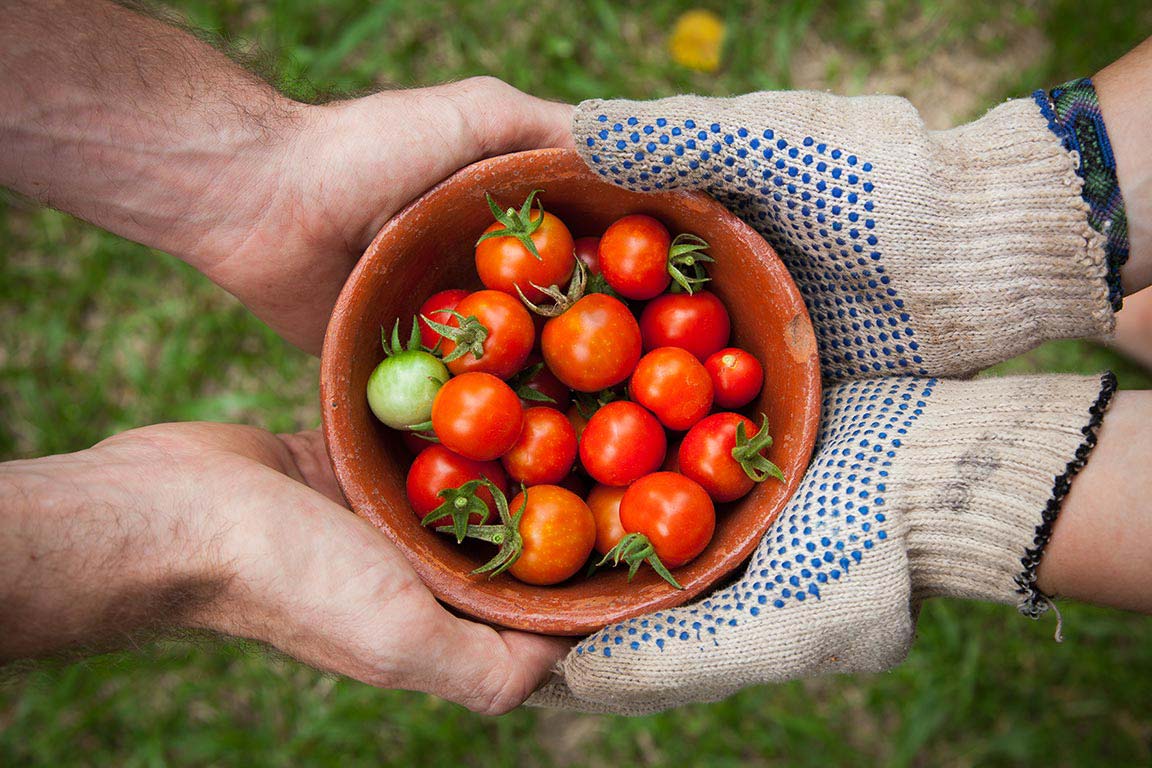For more than 40 years, U.S. farmers have used glyphosate to kill weeds before planting corn feed for livestock. More recently glyphosate is being used by farmers growing Roundup-Ready GMO crops and as a desiccant, to speed the harvest of grain crops like wheat, oats and barley, as well as edible beans and several other crops. Such “harvest aid” uses of glyphosate involve spraying fields about two weeks prior to harvest. According to a February 2016 study in Environmental Sciences Europe, glyphosate is the most widely used pesticide.
Stauffer Chemical Co. first patented glyphosate as a mineral chelator in 1964. Later, in 1974, Monsanto introduced this chelator as an herbicide. Conventional farmers spray it on genetically engineered corn, oats, soybeans and wheat before it is harvested. Consumers also use glyphosate on their lawns and gardeners.
Glyphosate Facts:
As we discuss glyphosate it’s important to know these facts:
- Americans have applied 1.8 million tons of glyphosate since its introduction in 1974.
- Worldwide, 9.4 million tons of the chemical has been sprayed on fields – enough to spray nearly half a pound of Roundup on every cultivated acre of land in the world.
- Globally, glyphosate use has risen almost 15-fold since so-called “Roundup Ready,” genetically engineered glyphosate-tolerant crops were introduced in 1996.
- The mass-spraying of glyphosate has led to the explosion of resistant weeds, which have evolved to survive despite being sprayed. Already, weeds resistant to the herbicide are found on half of all American farmers’ fields and are present on upward of 100 million acres of cultivated cropland.
- In 1987, only 11 million pounds of the chemical were used on U.S. farms, but now nearly 300 million pounds of glyphosate are applied each year.
- Glyphosate is the key ingredient in Monsanto’s signature herbicide Roundup. The World Health Organization and California state scientists have linked glyphosate to cancer.
Recent Glyphosate News:
Recently, you may have noticed that glyphosate is blanketing the news in large part because Monsanto was recently ordered to pay $289 million in damages after a jury found the pesticide giant liable for causing a school groundskeeper’s cancer. If you’re looking to get caught up on anything you may have missed, we’ve pulled together the most current news on glyphosate here:
- New EWG analysis has found that popular children’s foods like cereal, granola bars, and instant oatmeal come with a hefty dose of glyphosate, the cancer-causing ingredient in Monsanto’s Roundup.
- Weedkiller in $289 million cancer verdict found in oat cereal and granola bars
- Glyphosate shown to disrupt microbiome ‘at safe levels’, study claims
- Weedkiller products more toxic than their active ingredient, tests show
- Two Bay Area cities go Roundup-free following cancer ruling against Monsanto
- With Bayer takeover near, lawsuits facing top Monsanto weedkillers mount
How To Avoid Glyphosate:
The number one question, you might be asking is, how can we avoid glyphosate in our food and communities? The answer is, choose certified organic foods. Organic farmers cannot use glyphosate at any point in food production. The second step is to make some noise with your favorite food makers. Our partner Just Label It has a petition urging food companies like General Mills, Quaker and Kellogg’s to get glyphosate out of our food. Glyphosate is showing up in food made with oats because oats and wheat are sprayed with glyphosate to kill the crop right before harvesting. It is a practice that is not necessary and should be stopped. Companies need to step up and make sure their products are free of glyphosate before they hit store shelves.
